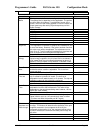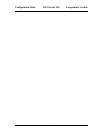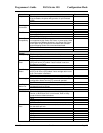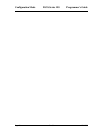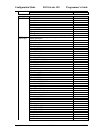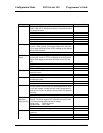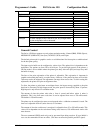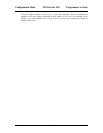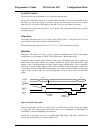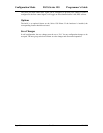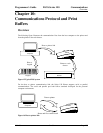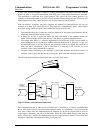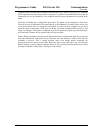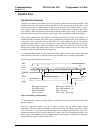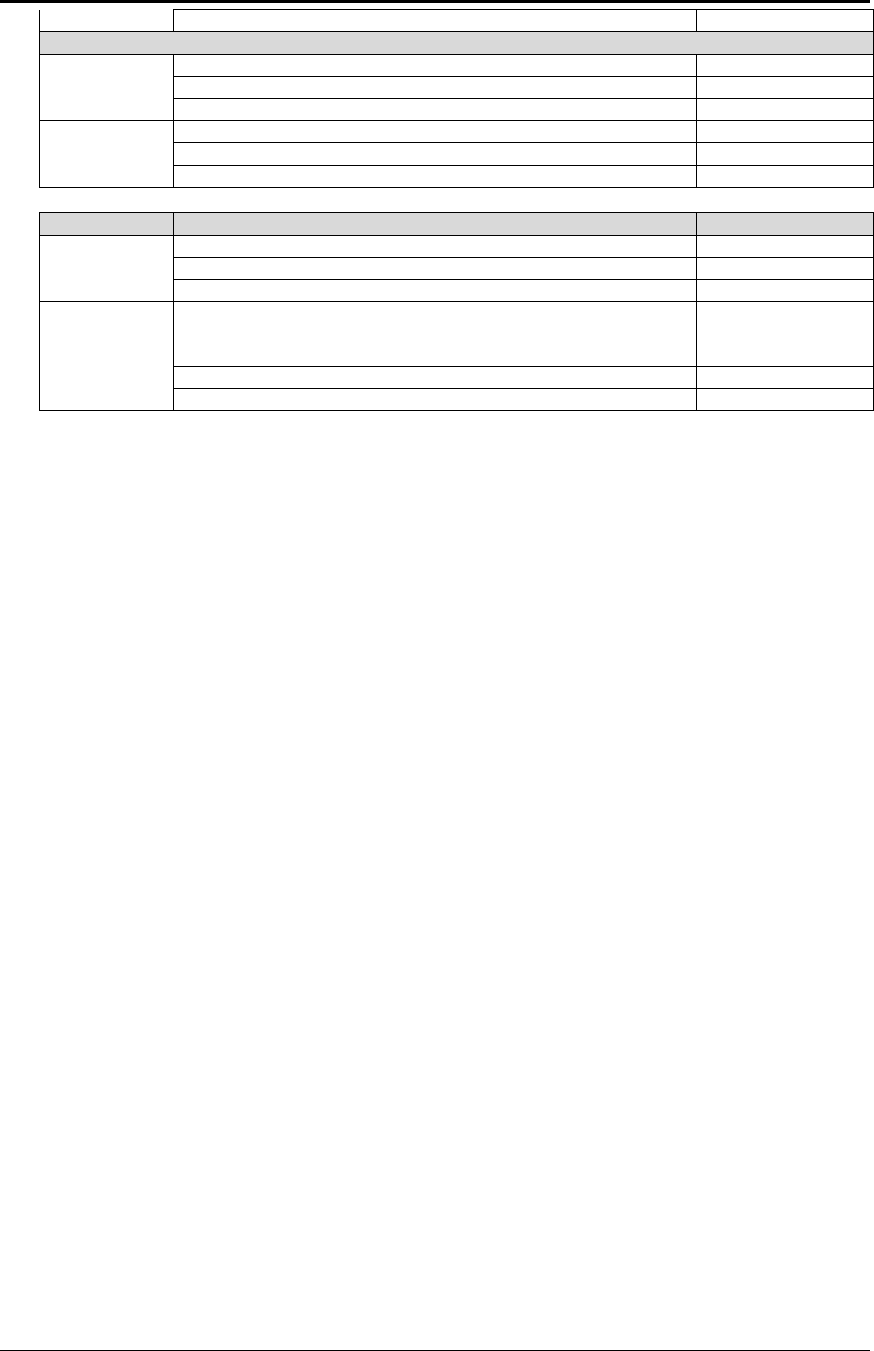
Programmer's Guide PcOS Series 150 Configuration Mode
12/14/99 Rev G Page 103
C device
Options
Knife This specifies that the knife is attached.
Not present
Enabled
Validation This specifies that the unit has validation.
Not present
Enabled
General Recommendation
Journal This specifies that the unit has journal take-up.
Not present
Enabled
Save
Changes
This is set only in self-configuration mode to force the printer
to save changes. If this is not set to yes, any changes made
to the configuration will not be saved.
No
Yes
General Control
The Series 150 Printer supports several printer emulation modes, Normal (IBM), EPOS (Epson),
MICROLINE (OKIDATA), Star (Star), NCR2567 (NCR), and Telpar.
The default print mode for graphics can be set to bidirectional for fastest print or unidirectional
for the best print quality.
The input receive buffer can be configured to various sizes. The optimal size is dependent on the
application. The options are from 256 to 6144 bytes. To provide tight control of the printer, a
one-line mode is also available where the printer goes busy after each [CR] and stays busy until
the buffer is empty.
The line to line print registration of the printer is adjustable. This registration is important in
graphics and rotated print and is set at the factory. However, if the printer has been serviced this
value may need to be adjusted. The adjustment can range from zero to nine. To aid in setting this
adjustment, the printer will print an alignment chart.
To allow the printer to print better on multipart forms, the impact energy supplied to the print
head can be increased. In high impact mode, the print speed is decreased by about 15 percent.
High impact is only effective in validation mode.
The amount of time the printer waits after a form is sensed and before action is taken is
adjustable. This is the form sense wait time. It can be adjusted from zero to 750 milliseconds.
The default is 250 milliseconds.
The printer can be configured to return to receipt mode after a validation command is issued. The
time-out is adjustable from off (waits forever) to 15 minutes.
The amount of time the cash drawer is energized is adjustable from 25 to 250 milliseconds. This
value will be dependent on the cash drawer being used; however, 150 milliseconds works with
most drawers.
The reset command (EPOS mode only) can be prevented from being acted on. If reset inhibit is
set to on, the command will have no affect. (This does not affect the parallel port INIT signal).



